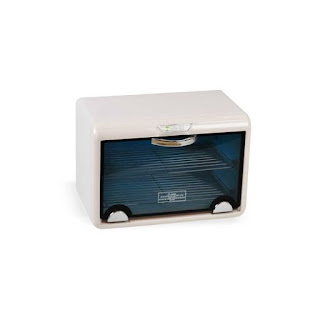UV Light As Disinfectant
When utilizing UV lights to clean things or surfaces, it’s quite important to understand what works and what doesn’t.
Recently, when the World Health Organization (WHO) recognized that there was “arising proof” of the airborne spread of the novel Covid, particularly in indoor settings, the attention moved back to a sterilization strategy that has demonstrated polarizing: (UV) lights.

Certain investigations support the adequacy of UV lights in cleaning some living and working spaces and everyday things. Others keep up that any immediate openness of the human skin to these lights can be a wellbeing threat. So what works and what doesn’t?
To respond to this inquiry, it’s critical to know the various sorts and frequencies of UV lights: UVA, UVB, and UVC. Both UVA and UVB are frequencies of UV beams that contact us through daylight, subsequent to being separated by the air. As indicated by WHO, the long-frequency UVA, which covers a scope of 315-400 nanometres (nm), represents roughly 95% of the UV radiation that arrives at Earth’s surface. UVB, which is medium frequency (in the scope of 280-315nm), advances the creation of Vitamin D in the human skin. The shortwave-length UVC (in the scope of 100-280nm) is viewed as the most harming. As per a reality sheet on UV sterilization for Corona virus by the US-based International Ultraviolet Association, UVC light is stronger than typical daylight and can trigger a serious burn from the sun like response. The majority of the UVC radiation is consumed by Earth’s ozone layer however it very well may be delivered misleadingly with UV lights.
It’s not all terrible, in any case. For, it’s just UVC light that has the ability to kill microorganisms. A new report by scientists at the Columbia University Irving Medical Center showed that over 99.9% of viruses present in airborne particles were killed when presented to a specific frequency of UV light that is safe to use around people.
Visit us at UV Lamps to learn more about how UV-C Room Disinfection works through our range of devices.


Comments
Post a Comment